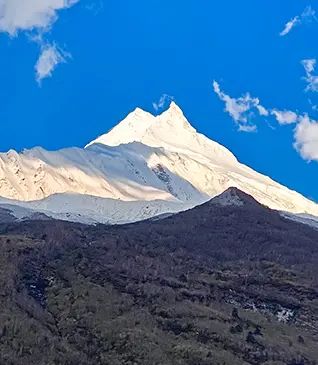I am Rahul Prabhudesai from Goa and I have been a trekker and climber associated with Trek The Himalayas for over 6 years now. After doing a number of Himalayan treks, in July 2013 I decided to go for Stok Kangri, which would be my first summit. I was excited and thrilled like a child.
There lies a line of considerable difference between a trekking in the Himalayas as part of a commercial trek batch and an expedition to the top of a mountain, also called as a summit. Needless to mention, a trekking trip demands significant amounts of stamina, physical and mental strength from the client trekkers but at the same time the entire journey is doable for even an amateur enthusiast unfamiliar to the outdoors.
However, a trekker does not have to think about technical skills because none are needed during a trek though there might be certain areas where one needs to be extremely careful while crossing them. All told, an expedition to the summit of a mountain is quite different from the former. Mountaineering expeditions in India and elsewhere in the world demand moderate to high levels of technical expertise with respect to climbing on snow, ice and rock, use of ropes, tremendous levels of stamina, endurance, mental preparedness, and pure passion for the adventure one ventures into. Well, there’s always a grey area everywhere!! Especially, in India, Stok Kangri is one of the paltry peaks whose summit is well within the reach of a non-technical trekking enthusiast. The towering 20,080 feet peak has already attained a celebrity status. It stands at the pinnacle of trekking in the majestic region of Ladakh with the Markha River meandering through the famous Markha Valley to the south of the mountain. The highlight of the Stok Kangri expedition up this peak is the final leg of the climb after 3 days of moderate difficulty level of trekking through the camps Chang-Ma, Mankorma and the arrival to the Stok Kangri base camp at 5,000 meters.
Being an avid trekker, and a regular client of Trek The Himalayas, was very excited to be a part of the 7-member batch of Trek The Himalayas that was being led by none other than TTH co-owner and one of the most wonderful trek leaders and friend Mr. Sandeep Rawat. Well, here goes the account of the summit day on Stok Kangri.
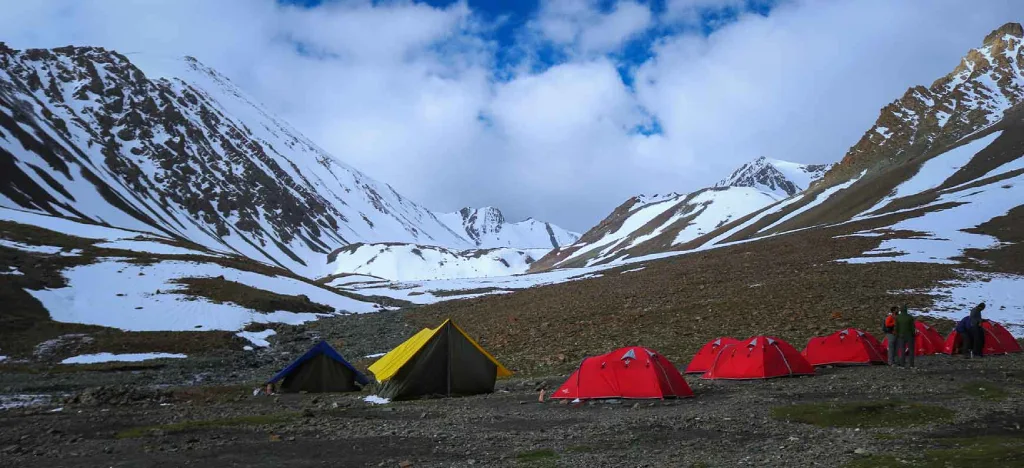
The final day of ascent is a classic expedition style summit day in all aspects. The total climb from and back to the base camp can stretch well up to 16 hours! The climb spares the trekker the need of only certain technical skills but not in any countenance the tremendous physical and mental strength required by a trekker/climber. We left the base camp at night from our tents between 11pm-12 am. This depends upon the weather, another inseparable characteristic of a typical summit day. Till sunrise, headlamps were our only source of light. I had completed the Basic Mountaineering Course at the Nehru Institute of Mountaineering, Uttarkashi and hence, I knew basic climbing techniques including the use of crampons. But the rest of the members were trekkers and thus they were taught to wear and use crampons on the rest day at the base camp. There was a possibility of us needing to rope up, a prospect that makes the final day even more exciting. Prior to the summit day, sound is impossible due to the adrenaline rush. I didn’t sleep at all!!!
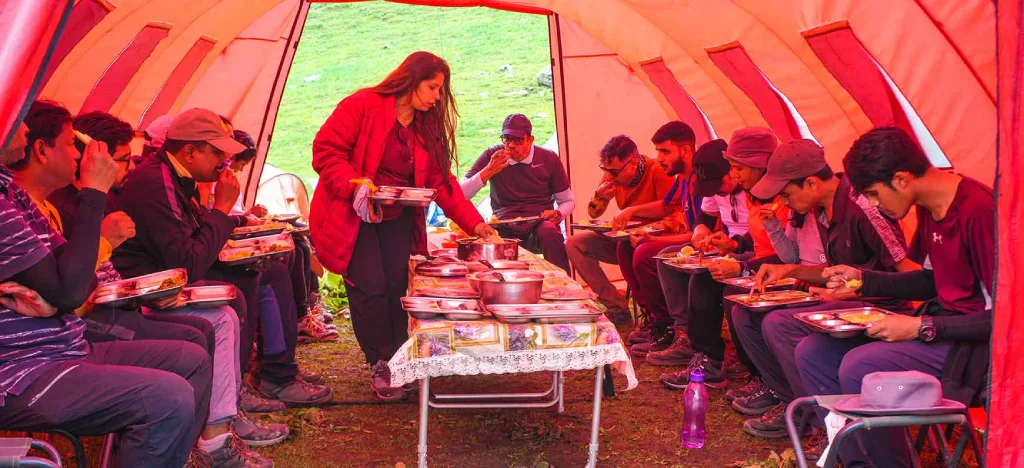
After a quick soup and a light breakfast served by our team, we were issued packed lunches. Then, we set out for what could be one of the most memorable days of our lives. We were not alone. There is a plethora of tents at the Stok Kangri base camp with climbers and trekkers from across the world and hence a global community is created far away from civilization with trekkers pushing their limits to make it to the top of the 20,080 feet Stok Kangri. As soon as we left the base camp, we already found ourselves on a 40-degree ascent for about 600-700 meters. This normally can take a trekker anywhere between 20 minutes to 1 hour to cover. The first ascent is small but many find it a little challenging because it places itself immediately as one leaves the base camp. This is simply because our body is still stiff and cold and the already rarified air makes it all the more tiring. After topping out on this ridge, the route followed a very gradual path for about 1.5-2 hours past the old Advance Base Camp (not used anymore) to the bottom of the main glacier of Stok Kangri. Ideally, the trek leader and the support staff bring the team together at this point by 3-3.30 am. There is a rest point here and then starts the main section of the summit day. The gradient of the slope is 50-degrees and in some areas goes up to 60-degrees. This is where our team was separated due to the difference in speeds. Sandeep, a trekker named Amir and I were ahead and soon a large gap was created between us and the rest of the team. The assistant trek leader Neeraj and two other guides stayed with the rest of the team.The glacial slope is the longest and most tiring section of the climb but also one of the most memorable. Depending upon the snow and ice conditions, the trekkers are advised to wear crampons by the TTH team guides. Even experienced climbers need to wear crampons on Stok Kangri if the ice is hard. Safety should be the top most priority for any climber/trekker on any hill or mountain. If necessary, such as in case of deep snow, members may also need to rope up in order to secure themselves. But we didn’t have to.By around 5.30am most of the teams climbing were midway on the glacier. For anyone thinking of climbing this majestic mountain, I strongly recommend that all the cameras be readied to capture the surreal expanse of white that is thrown open to the naked eyes around and below the glacier by the golden rays of the rising sun. We spent about 15 minutes capturing the view through our lenses.
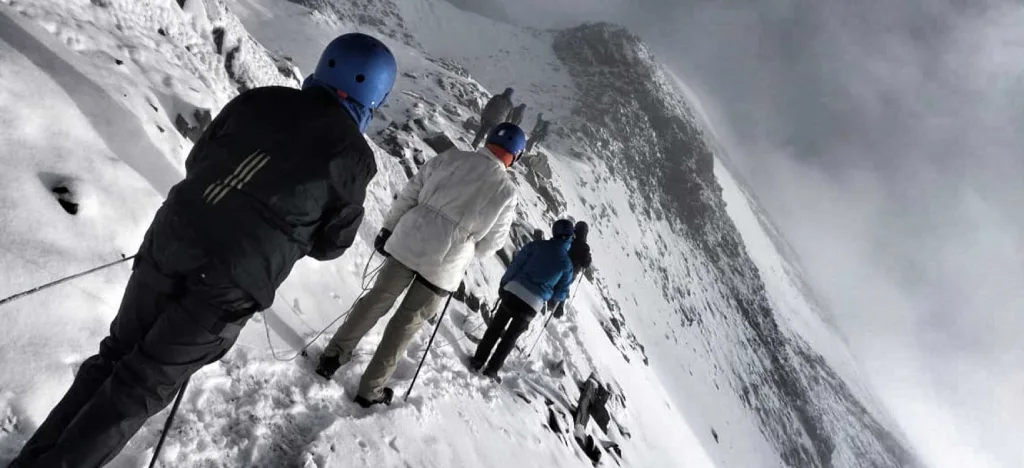
We kept climbing with small rest points and targeting short distances, and it took us around 3-4 hours to cover the glacier. But that’s not all. It was a clear day, andin the -5 to -14-degree air, plodding up the steep slope, we reached the south shoulder of Stok Kangri. This shoulder is a serrated narrow ridge of broken rocks leading up to the summit at a slope of about 75-degrees. There is a vertical drop of more than 500 feet on wither side of the ridge. But all these aspects should in no way dampen a trekker’s spirit nor make him/her feel intimidated. This information is vital in order for the trekker to remain cautious and focused to achieve the summit of Stok Kangri and return safely. The climb along the ridge is an arduous and precarious one and took us 2 hours. For an average trekker, it may take 3 hours. Normally, the first members of the team reach the top of the glacier at around 7.30-9 am. The last part of the team may even reach this point after 11am in which case, the guide or the trek leader will take the call of going forward or turning back, subject to the condition of the trekkers and the weather.
Nonetheless, we climbed along the summit ridge only to cross the last ascent and find ourselves on the highest point in the Stok Range of Ladakh, the top of Stok Kangri. Amir and I gave Sandeep a big hug!! We were the first ones to summit that day. It was August 2nd, 2013. I had reached the first summit of my life. The view from the summit is mesmerizing and offers a panoramic view of the ranges around Ladakh, so far as even the Karakoram. As briefed earlier by team TTH weclicked a few photographs, tied prayer flags thanking the mountain for letting us climb it and also asking for a safe return, spent a little time in solitude and started our way back down. The time spent on the summit depends upon what time on reaches the top. The weather changes rapidly above 5,500 meters post noon and thus, it is essential to reach the lower slopes of the mountain before 2 pm. The climb down is the hardest part of the expedition, in the sense that it requires more focus and patience from an already fatigued mind and body. With adequate caution and speed, a trekker can reach to the bottom of the glacier within 3-4 hours. We crossed a few climbers and trekkers, who were heading up, on our way down. Then followed another 2 hours walk to the comforts of the base camp. An entire day’s climb ended in the most amazing manner for most of us. Most of us were properly acclimatized before the climb, which was the most important aspect that made this journey a success. I was tired but happy…very happy. An incredible journey indeed..
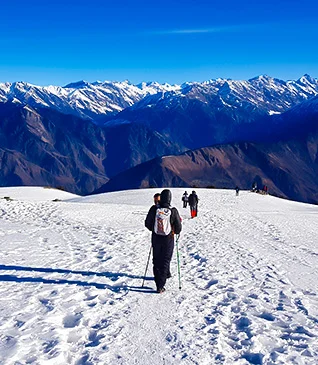
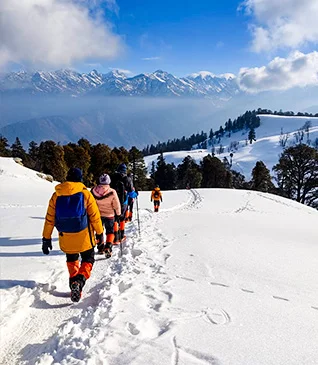
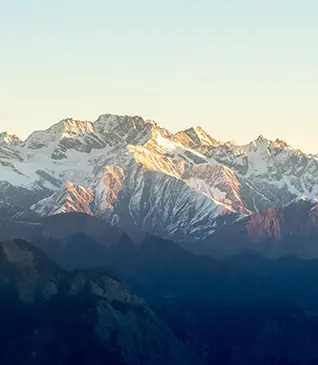
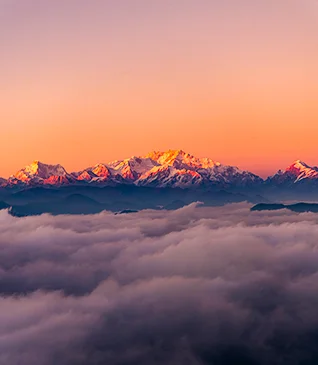
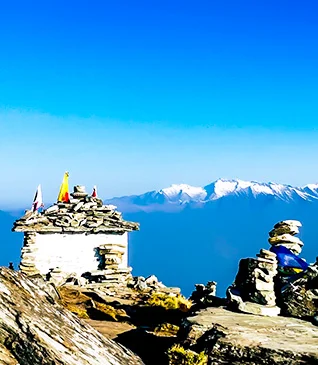
.webp)
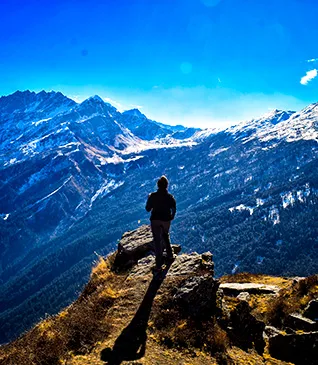
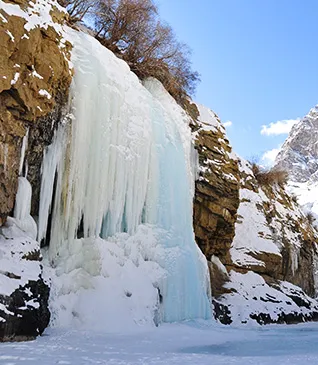
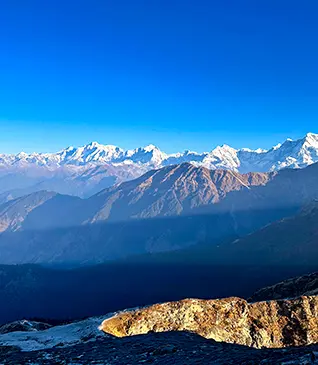
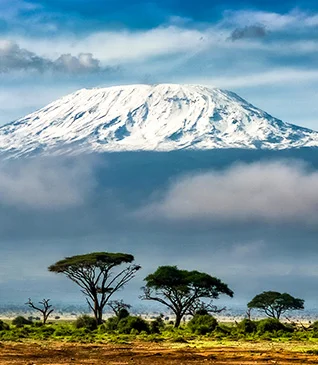
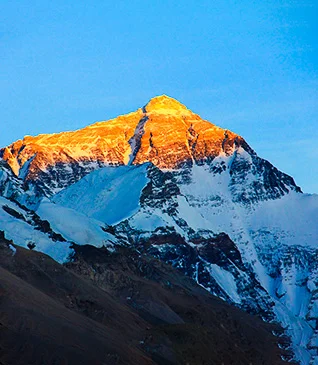
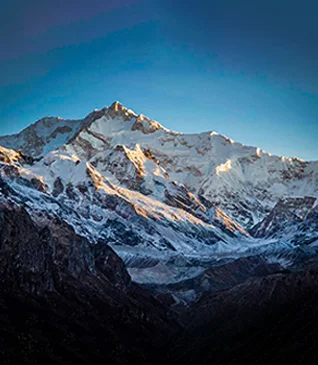
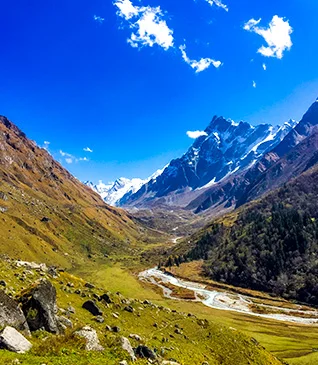

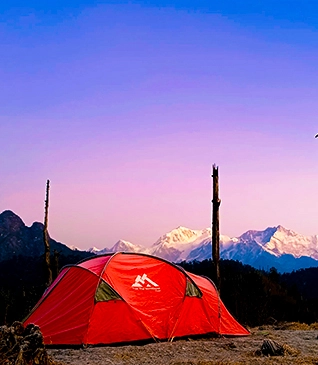
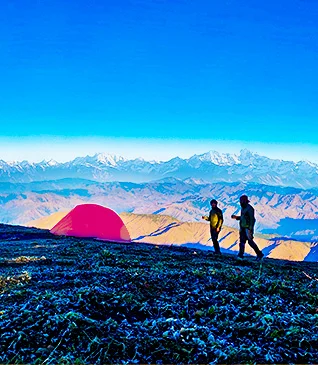
.webp)
